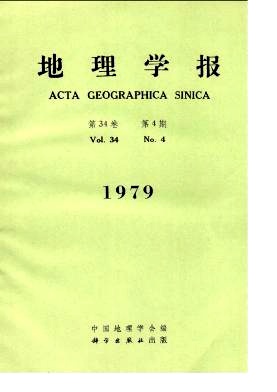Tang Maocang, Shen Zhibao, Chen Yonyu
Studies on the mean pressure, wind and precipitation data over the Xizang Plateau and its neighbourhood reveal their climatic characteristics as follows:1.The Plateau has its own permanent pressure systems in the lower and middle troposphere, i.e., the cold high in winter (Nov.- March) and the heat low in summer (June-Sept.).2.In summer, the Xizang heat low is separated from the Indian monsoon depression by a so-called Southern Plateau high belt, its axis is almost paralleled to the Ximalaya range.On the northern slope of the Plateau, there is a high belt too, its axis with a slope about 1/200 dips toward the plateau proper.3.In winter, the Xizang cold high is separated from the Indian high by a Southern Plateau low belt, its position has shifting northward from the summer southern Plateau high belt and with a slope about 1/100 dipping toward the Plateau proper.4.The vertical distribution of the prevailing winds over the Xizang Plateau is distributed into three layers: the lower is the mountain-valley wind layer, with a thickness about 1 km; the middle is the plateau monsoon layer, with a thickness about 2? km over the margins of the Plateau and about 1 km over the Plateau proper; the upper is the plenetary circulation, under the control of the global atmospheric circulation.5.The plateau monsoon, is not a part of the Indian monsoon, there exist a distinguishable anticyclone belt in summer and a cyclone belt in winter between these two monsoon systems.The plateau monsoon is caused by the seasonal variation of the thermal effect on the Xizang Plateau.
